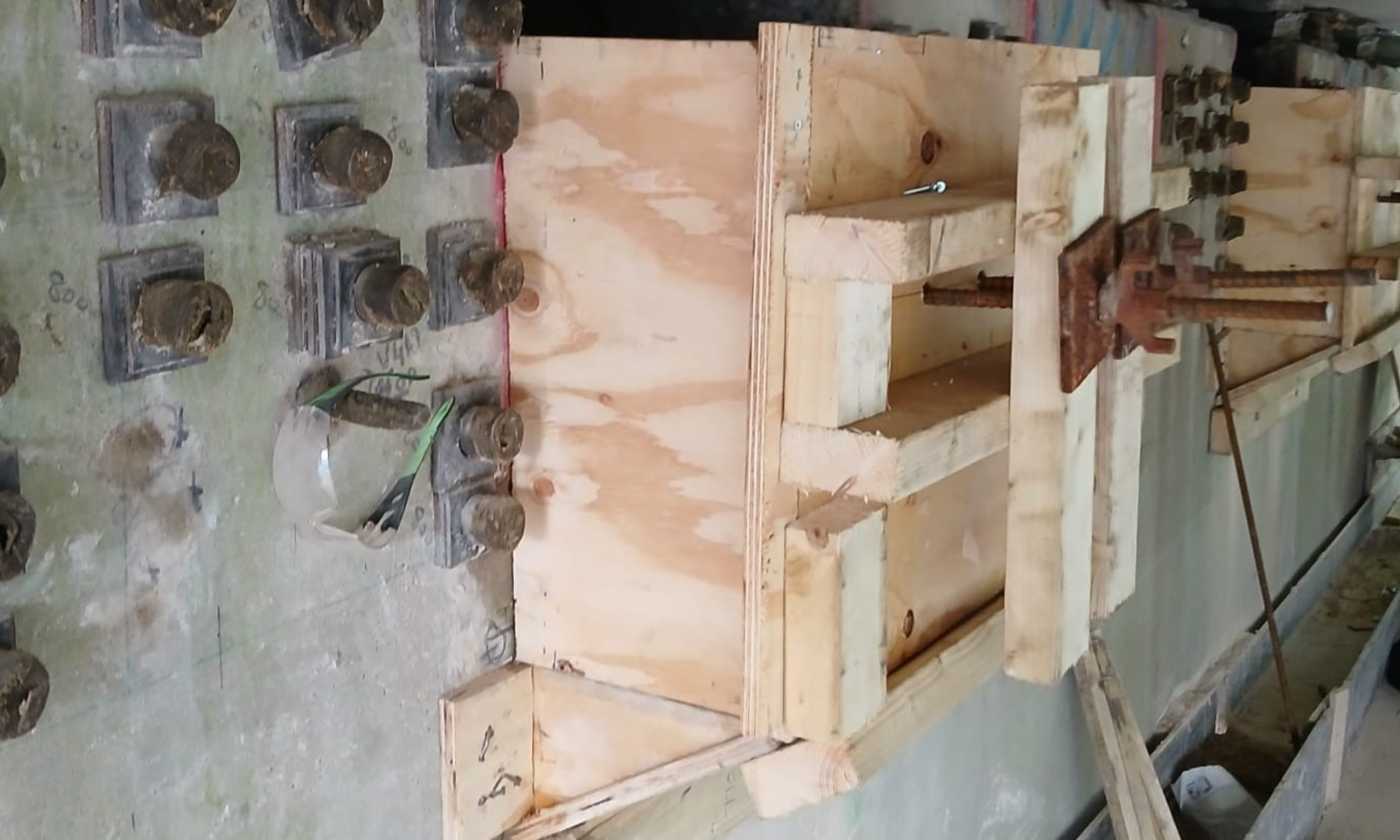
A21 Quarry Road Hill Bridge
VolkerLaser, contracted by National Highways, recently undertook the principal contractor role to deliver essential bearing replacement works to the A21 Quarry Road Hill bridge abutments in Tonbridge. The work involved removing and replacing elastomeric bearings and the installation of new guided bearing to guarantee the bridge’s safety and longevity.

What we did
To manage traffic safely, National Highways contracted HW Martin to install temporary traffic management systems, which were designed to minimise disruption to road users. Once this was installed, the vehicle restraint system (VRS) was removed, and lateral fixity was erected to stabilise any lateral movement during the bearing replacement process. With this in place, our supplier then erected a scaffold, providing the secure access points to the bridge’s structure.
With the bridge laterally stabilised and scaffolding in place, our team began structural strengthening by installing 150no 800mm dowel bars, a unique temporary strengthening solution that was adopted as the permanent works in the last phase.
By using hydro-demolition, which employs high-pressure water jets to remove the targeted concrete, the team cleared the old jack locations and removed existing dowel bars and plinths, this was undertaken in two phases with new jacking cobles installed including a coble for a new shear key.

The team installed jacks and jacking plates, taking into consideration a significant inclination on the deck, this was achieved by excellent workmanship and correct material use on-site, the bridge was raised by a nominal 2-3mm to allow our team to access the old, worn bearings. This was followed by another round of hydro-demolition to clear old concrete from the bearing location. The team then cast new cobles and constructed plinths forming solid foundations for the new elastomeric bearings, where the new bearings were carefully set in place by high strength bedding mortar.
The team moved to the final stage, which involved de-jacking, and lowering the bridge back onto its new bearings, along with the removal of all temporary works and reinstatement. These steps marked the completion of the core bearing replacement work, restoring the bridge’s integrity and ensuring it will continue to support traffic safely for years to come.
In addition, during a technically challenging Early Contract Involvement (ECI), VolkerLaser managed and delivered the temporary works design including the steel lateral fixity, scaffold access, and temporary jacking solution, as well as the in-house management of the approval in principle as per CG300. Our specialist team delivered the CAT III check of the permanent works design in collaboration with National Highways and Jacobs.
The project was completed to schedule, with our team working to an agreed accelerated programme to minimise customer impact on the A21.


